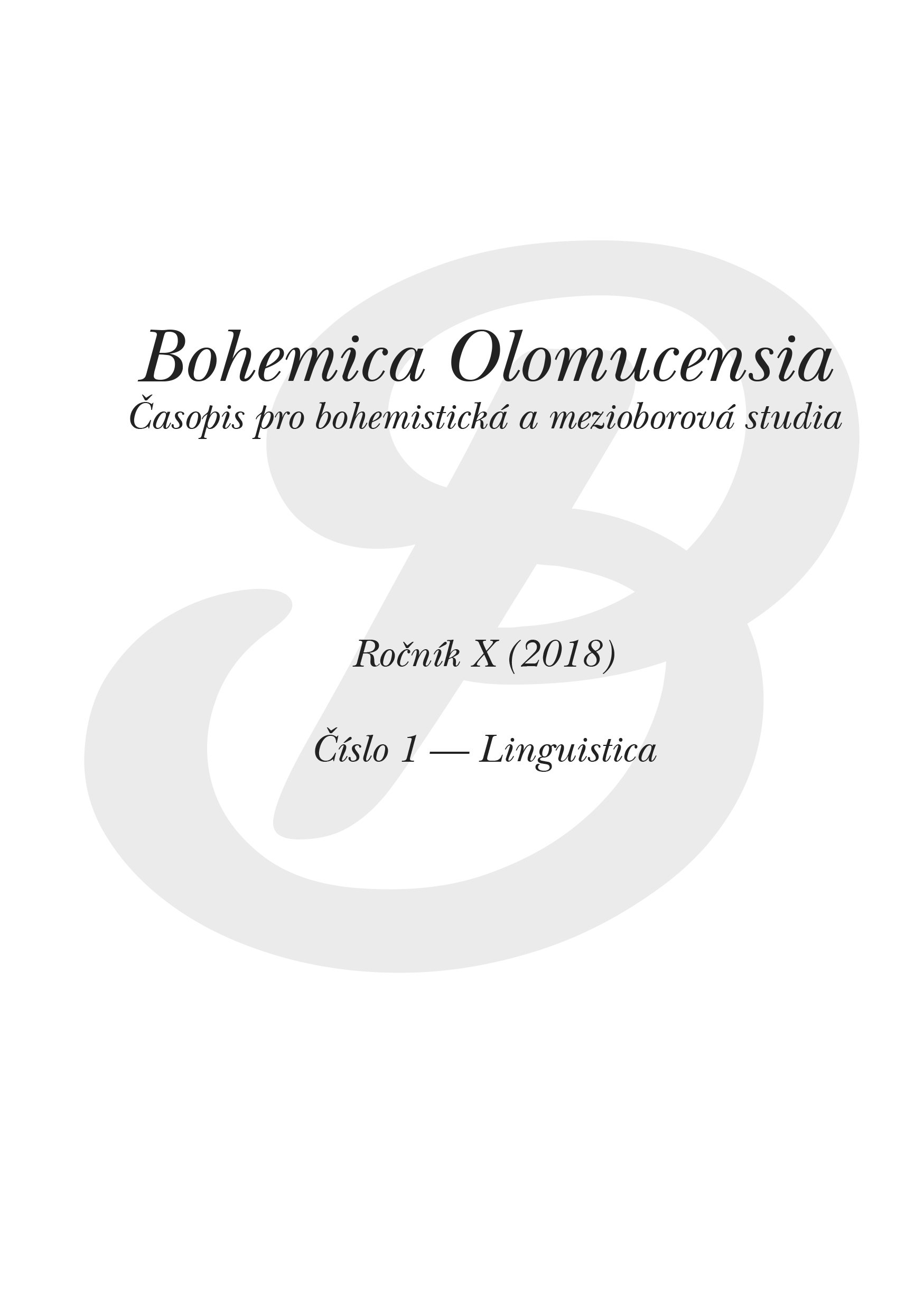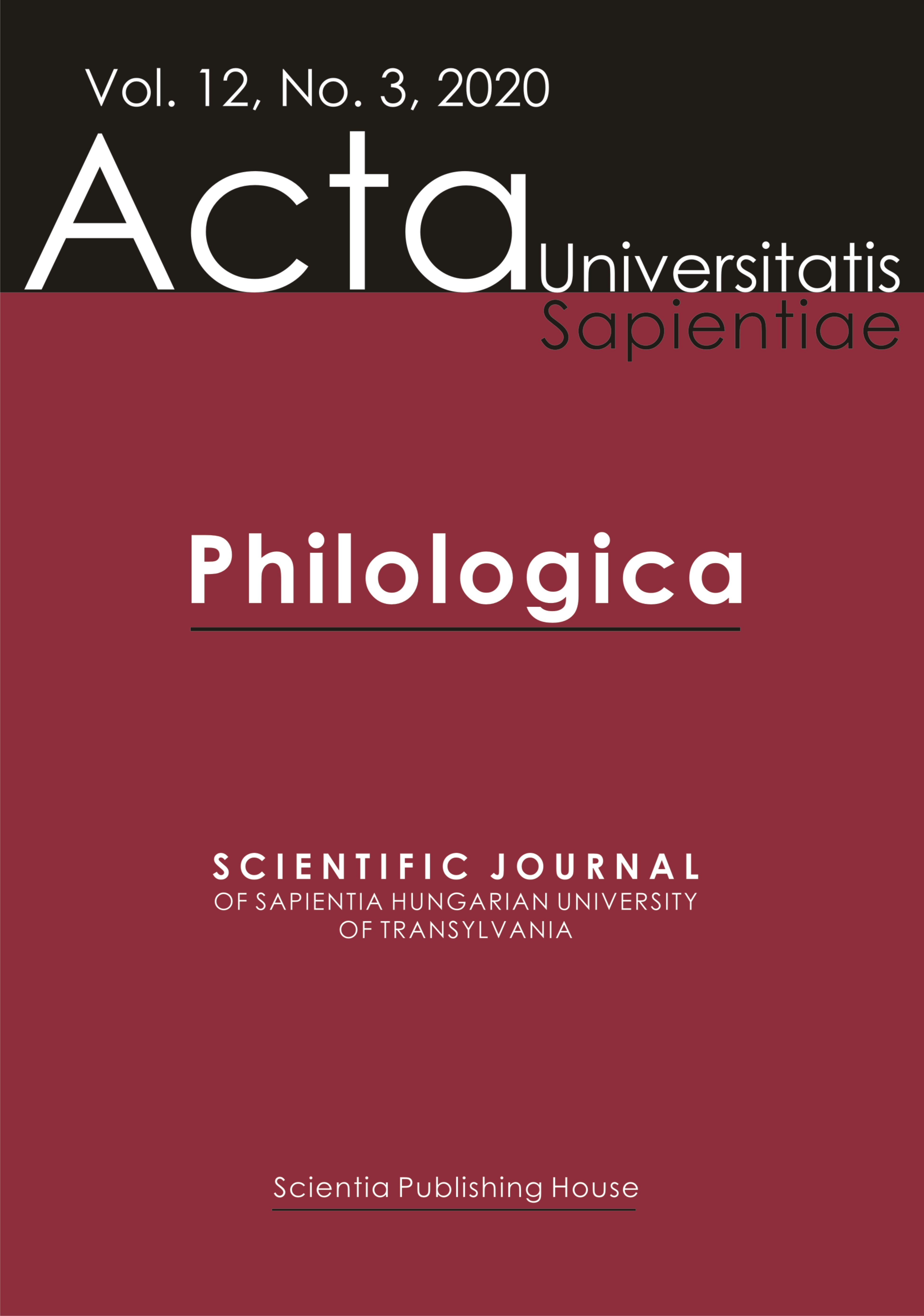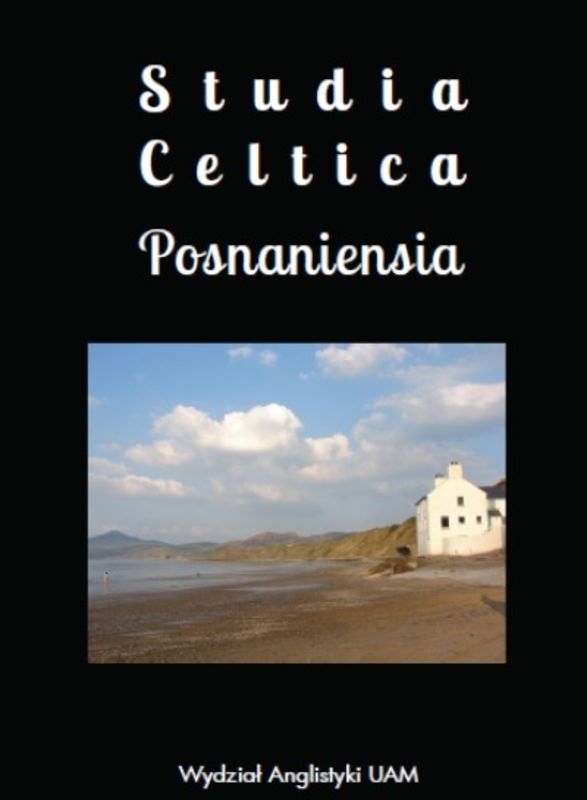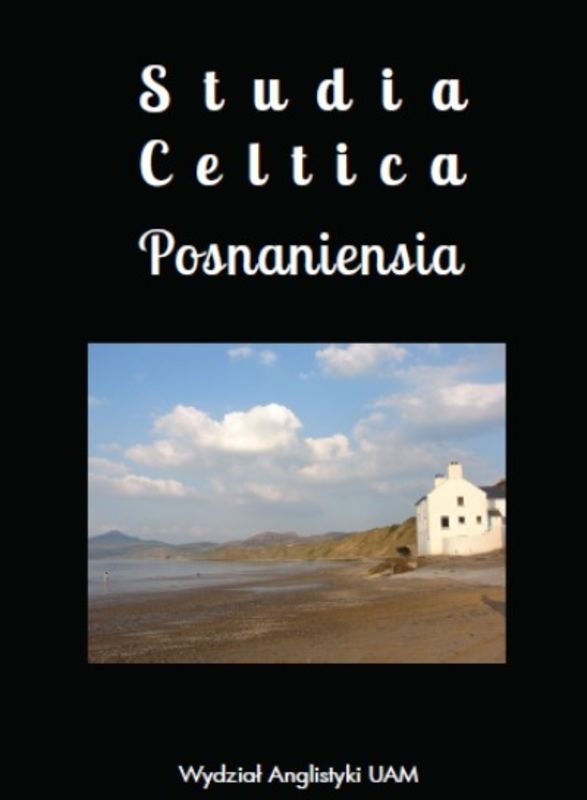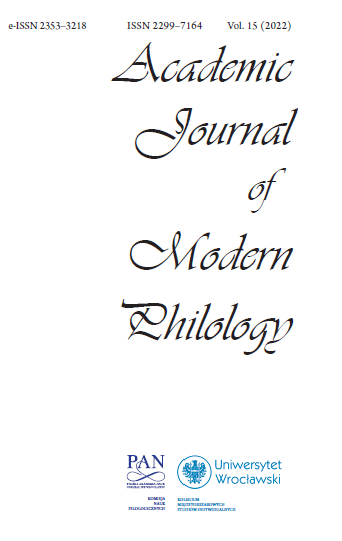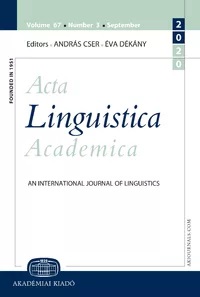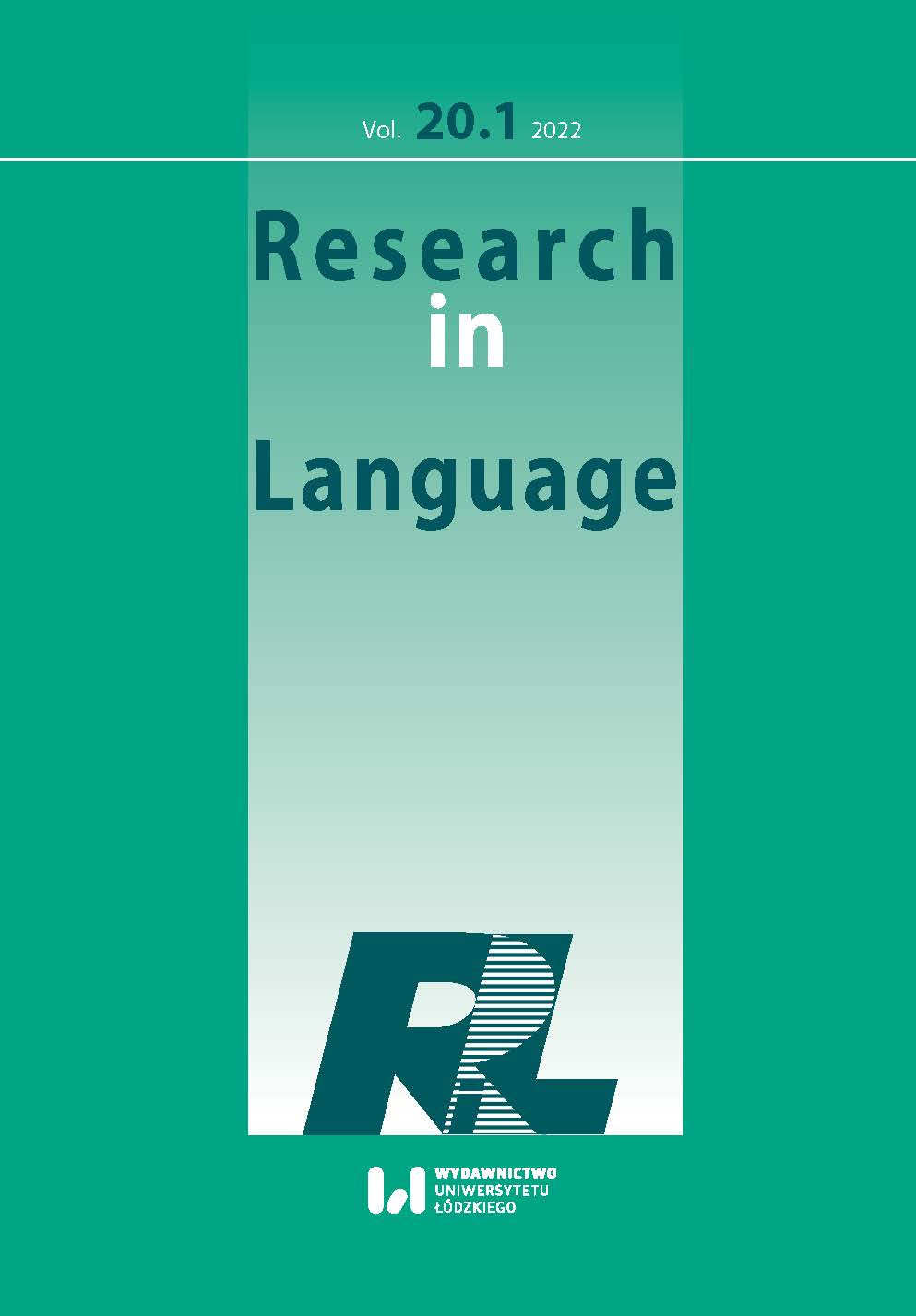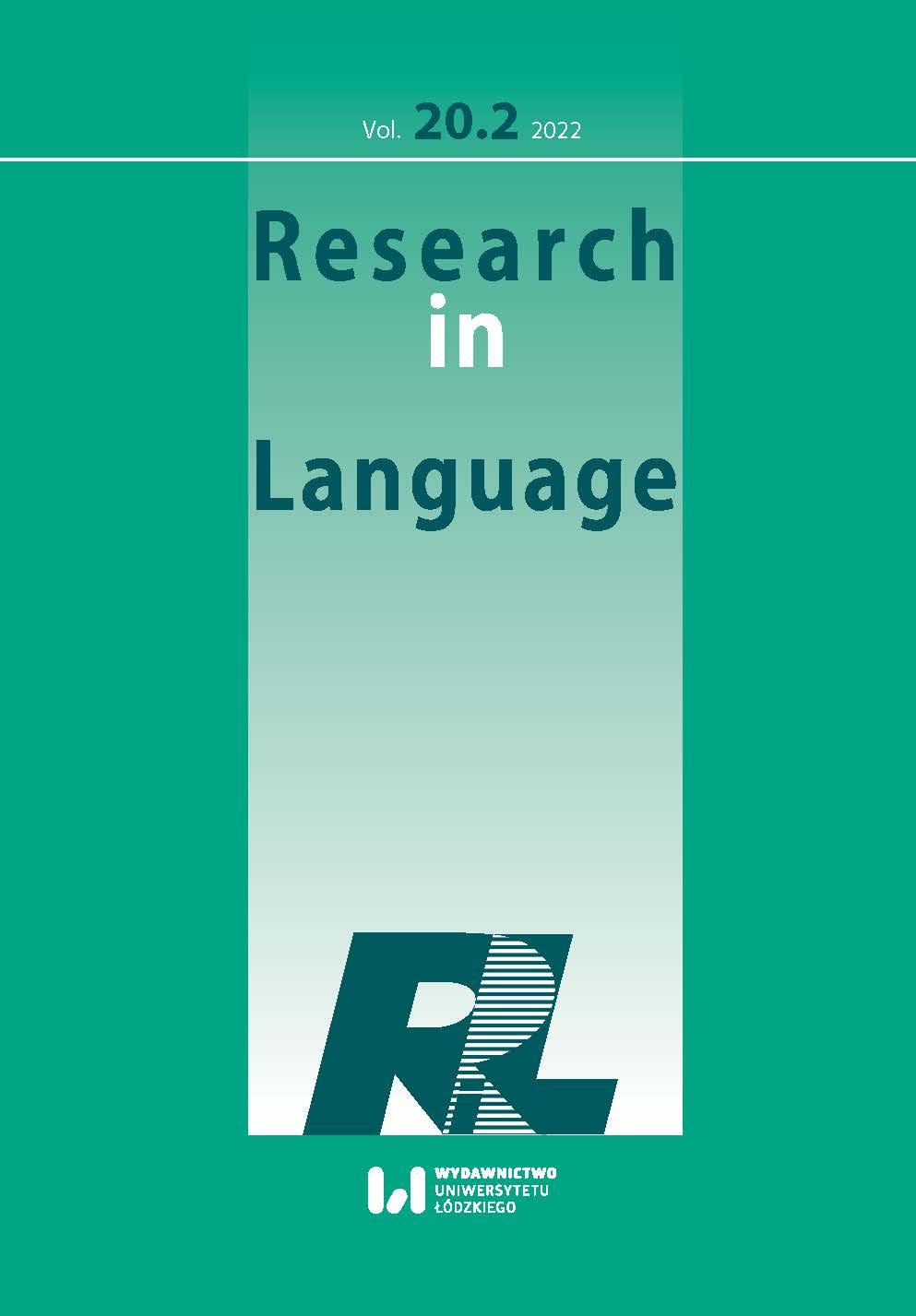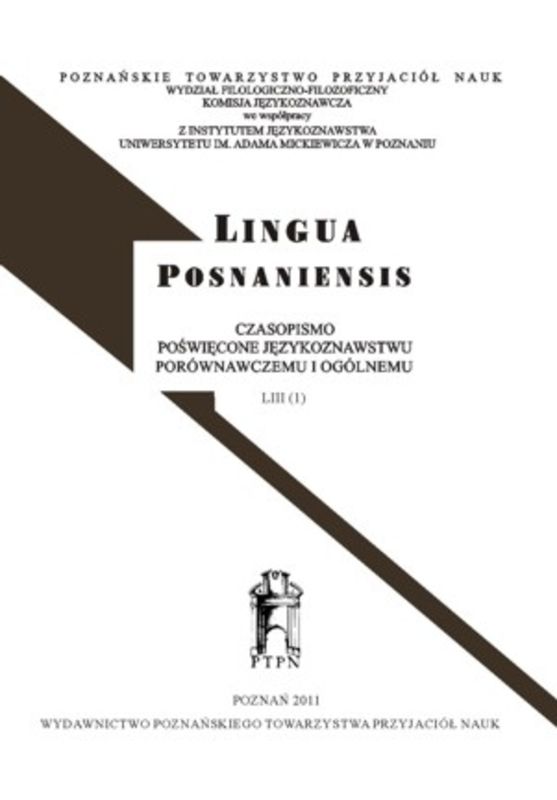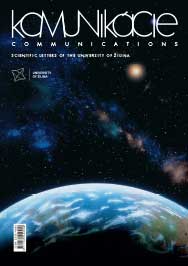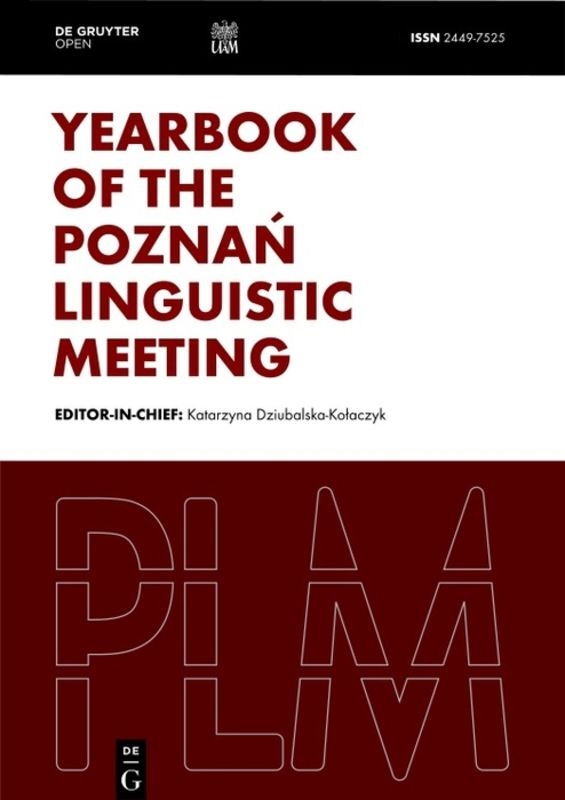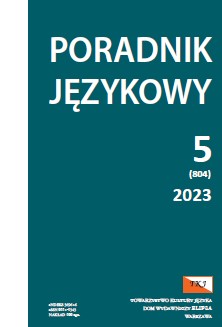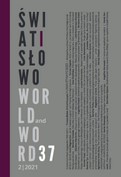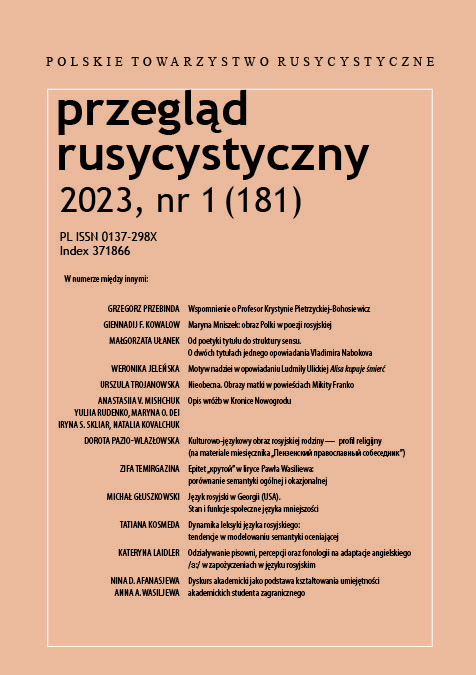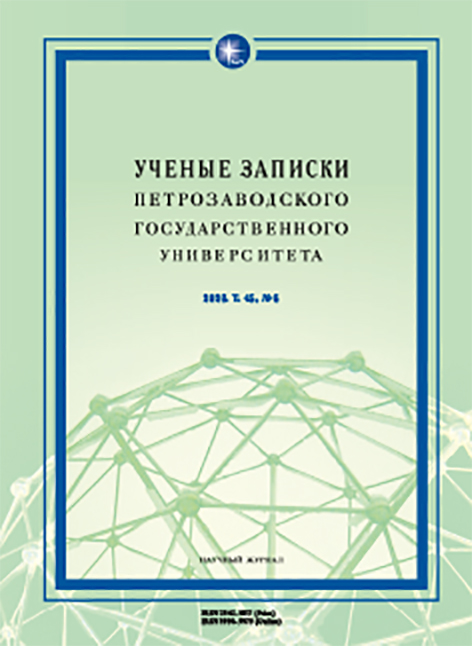Author(s): Burhan BARAN / Language(s): Turkish
Issue: 58/2023
Consonants are sounds that are produced by being restrained in the vocal organs and can be brought out with the help of a vowel. Consonants are classified in various ways such as formation points, whether they are tonal or not, and whether they are continuous or not. Sound events associated with consonants have also been classified in different ways by researchers. In this article, there is a classification of sound events related to consonants and exemplification of these sound events with explanations. The following form was preferred in the classification: Consonant affinity (consonant affinity in the word, consonant affinity in affixation, close and distant affinity), consonant contradiction, intonation, de-toning, consonant derivation (consonant derivations using auxiliary consonants, other consonant derivations), consonant deletion, displacement, continuation (spirantization, fluency). In the teaching of sound events, the lack of adequate classification, the repetition of the same examples in a certain number, and the mixed examples given without any explanation such as standard Turkish, dialects, historical development of Turkish have been seen as a problem, and explanations and many examples were given in the article by taking these issues into consideration. In the study, the examples in dialects are not taken and the sound events seen in Turkish and borrowed words in standard Turkish and the sound events occurring in the historical development process of Turkish are exemplified separately. Thus, it was intended to contribute to overcoming the confusion in the teaching of sound events regarding consonants with a clearer and more understandable classification and exemplification method.
More...
